Critique Welcomed IR Gazebo Thingy
- Thread starter Keith Hollister
- Start date
Similar threads
Critique Welcomed
The Bridge of Double Beauty
Critique Welcomed
IR Vintage By The Sea

 Untitled
Untitled Untitled
Untitled